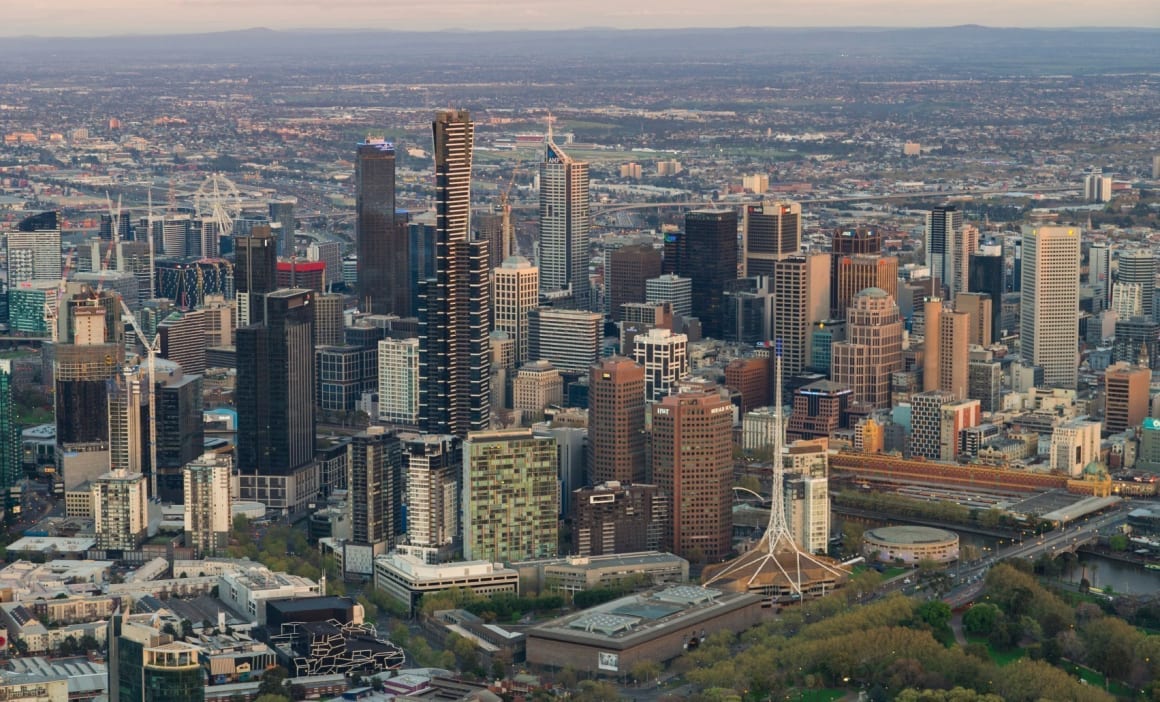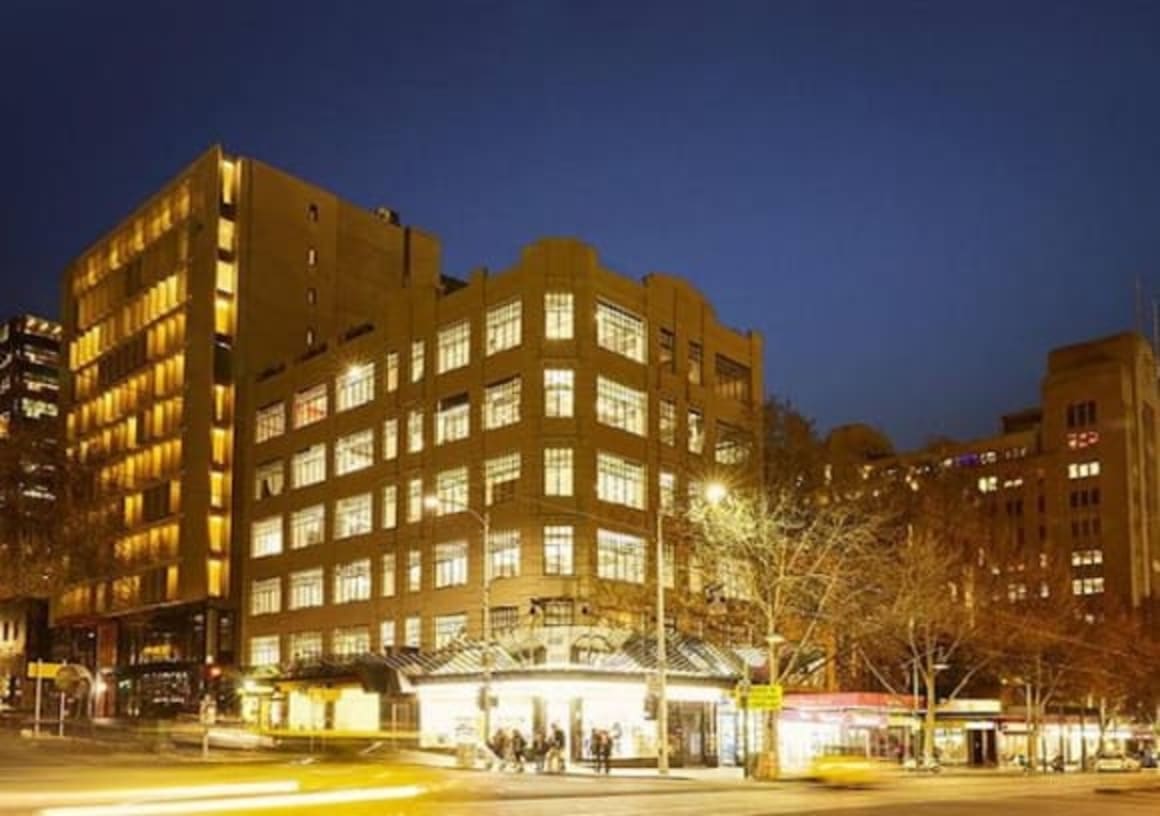Melbourne has second-lowest vacancy rate among Australia’s CBDs: HTW

Melbourne, which was perched at approaching the peak of the office market in valuation firm Herron Todd White's April update, continues to have the second lowest vacancy rate amongst all of Australia’s CBDs.
According to the Property Council of Australia’s Office Market Report, Melbourne CBD’s office overall vacancy rate has improved from 7% to 6.4% over the six months to January 2017.
A net absorption of 109,612 square metres in the CBD was recorded in the six months to January 2017 and a total of 40,246 square metres of new stock is due to enter the market in 2017.
The decline in vacancy rate is mainly due to the second highest net demand figure on record (excess of three times the historical average) with positive demand particularly concentrated in the A grade segment. Eastern Core, Docklands and Flagstaff precincts have the lowest vacancy rates at 3.1%, 3.3% and 3.7% respectively while negative demand was concentrated in the Civic and North Eastern precincts where vacancy rates both rose.
With strong tenant demand and restricted supply, we are witnessing improving effective rents with CBD incentives beginning to shift down in certain sub markets. However, leasing incentives continue to be relatively high with 25 percent to 30 percent net incentives being offered for longer lease terms across larger tenancies.
Due to the statutory valuation in 2016, the 2017 Land Tax Assessments have come as a shock for many CBD and city fringe landlords. A large number of 2017 land tax assessments have increased substantially compared to 2016 which could have a significant impact on value, particularly when the tenancy profile is on a gross rent basis or when tenancies are subject to the Retail Leases Act, in which case land tax is non-recoverable.
“We have witnessed land tax for some CBD sites more than double or even triple last year’s land tax,” say HTW in their report.
The increases in land tax have significantly impacted landlords’ projected cash flow, especially if properties are tied up with long-term gross or retail leases. The effect of this increase is only now being felt as 2017 assessments were only released in January. There are very few transactions in 2017 and in any case, buyers may be going off 2016 assessments.
For the St Kilda Road precinct, there have been significant withdrawals of office accommodation over the past couple of years as many developers are buying existing older style office buildings with the view to converting or redeveloping them for residential purposes. This reduction in stock and displacement of tenants has given a slightly false take on the market, as tenant demand is still way off historically high levels pre-GFC.
The market has also seen a flight to quality, with A grade buildings performing better than their B grade counterparts. Owners investing in the building services and end of trip facilities are being rewarded by a reduction in the letting up periods and stronger rents. In the past 12 months, incentives peaked at 32 percent, however, are now moving back down.
Due to the Melbourne Metro rail project, traffic along St Kilda Road will be severely restricted for the coming two to three years. Discussions with local leasing agents reveal that some existing tenants are attempting to take advantage of this situation by using it as a lever for better deals on renewals, particularly around negotiating shorter lease terms.
St Kilda Road will potentially always be a strong market for smaller tenants, but for the larger tenants (1,000 square metres plus) the market may be more challenging and must remain a cost effective option to overcome the threat of the CBD, Docklands and Southbank markets. This may put a ceiling on rental growth for the foreseeable future and at least for the duration of the major tunnel works.
On the buy side, strong demand is continuing for good quality office properties within the Melbourne CBD, Metro and St Kilda Road office markets. This is primarily due to the lack of suitable stock and sheer weight of capital seeking limited investment opportunities in this segment of the market.
Assets in the $10 million to $40 million price point are expected to continue to appeal to a broad range of private investors, syndicates and self-managed super funds. Institutional buyers typically start at circa $50 million.
The CBD office market was off for a hot start in 2017 with the record breaking sale of Bourke House, 179-183 Bourke Street, which was sold to a mainland Chinese investment corporation for $33 million in March, representing a low yield of 4.3 percent and a capital value rate of approximately $20,000 per square metre. The sale also reflects a 287 percent capital gain since its last sale of $11.53 million in 2014.

Deep pocket buyers are less focused on leasing risk, WALES and capex risk because they are more focused on location and securing assets in a limited opportunity market. Leasing risk and capex risk are considered transient risks which can be mitigated.
On the other hand, demand is very strong for strata office floors in the CBD. This is seen as a way to gain a foothold in the CBD as some buyers struggle to afford freehold CBD properties.
“We are also witnessing some buyers are accumulating multiple floors within the same building. “